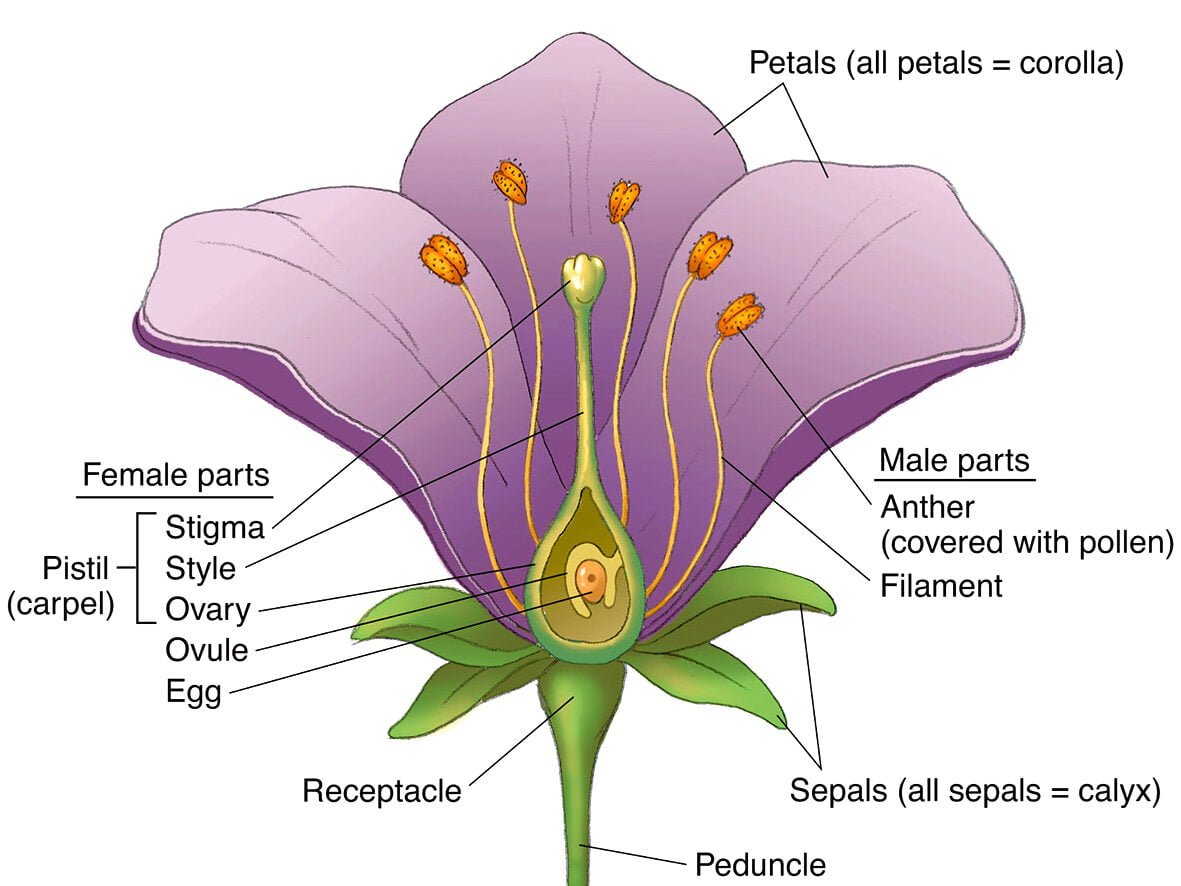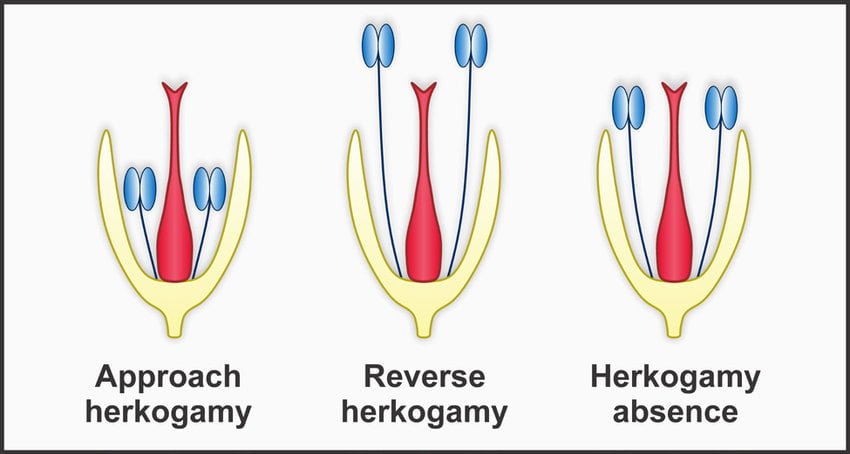Hardy weinberg principle class 12 with Questions
Class 12 Biology | Population Genetics Explained
Understanding Genetic Equilibrium in Populations
What is the Hardy-Weinberg Principle?
The Hardy-Weinberg Principle is a fundamental concept in population genetics that describes the relationship between allele frequencies and genotype frequencies in a population that is not evolving. It provides a mathematical model to predict genetic variation in a population under ideal conditions.
Key Concept:
The Hardy-Weinberg Principle states that allele and genotype frequencies in a population will remain constant from generation to generation in the absence of evolutionary influences.
Hardy-Weinberg Equations:
p + q = 1
p² + 2pq + q² = 1
Where:
- p = frequency of the dominant allele
- q = frequency of the recessive allele
- p² = frequency of homozygous dominant genotype
- 2pq = frequency of heterozygous genotype
- q² = frequency of homozygous recessive genotype
Assumptions (Conditions for Equilibrium):
- No mutations
- Random mating
- No natural selection
- Extremely large population size
- No gene flow (no migration)
Hardy-Weinberg Principle Questions (Class 12 Level)
Q1. In a population, 36% show the recessive phenotype. What is the frequency of the dominant allele?
Solution:
Given: q² = 36% = 0.36 (recessive phenotype frequency)
Therefore, q = √0.36 = 0.6 (recessive allele frequency)
Since p + q = 1 → p = 1 – q = 1 – 0.6 = 0.4
Frequency of dominant allele (p) = 0.4 or 40%
Q2. In a population of 1000 individuals, 510 are homozygous dominant, 380 are heterozygous, and 110 are homozygous recessive. Calculate the allele frequencies.
Solution:
Total alleles in population = 1000 × 2 = 2000
Dominant alleles from homozygous dominant = 510 × 2 = 1020
Dominant alleles from heterozygotes = 380 × 1 = 380
Total dominant alleles (A) = 1020 + 380 = 1400
Frequency of A (p) = 1400/2000 = 0.7
Recessive alleles from homozygous recessive = 110 × 2 = 220
Recessive alleles from heterozygotes = 380 × 1 = 380
Total recessive alleles (a) = 220 + 380 = 600
Frequency of a (q) = 600/2000 = 0.3
Q3. The frequency of a recessive allele in a population is 0.3. What percentage of the population would be expected to show the dominant phenotype?
Solution:
Given q = 0.3
Therefore p = 1 – q = 1 – 0.3 = 0.7
Dominant phenotype includes both homozygous dominant (p²) and heterozygous (2pq):
p² = (0.7)² = 0.49
2pq = 2 × 0.7 × 0.3 = 0.42
Total dominant phenotype = 0.49 + 0.42 = 0.91 or 91%
Q4. In a population in Hardy-Weinberg equilibrium, the frequency of homozygous recessive individuals is 0.09. Calculate the frequency of heterozygous individuals.
Solution:
Given q² = 0.09 → q = √0.09 = 0.3
p = 1 – q = 1 – 0.3 = 0.7
Frequency of heterozygotes = 2pq = 2 × 0.7 × 0.3 = 0.42 or 42%
Applications of Hardy-Weinberg Principle
Practical Uses:
- Estimating allele frequencies in populations
- Predicting genetic disease risks in human populations
- Testing whether evolution is occurring in a population
- Conservation genetics to assess genetic diversity
- Forensic science to estimate genotype frequencies
Common Mistakes to Avoid:
- Confusing allele frequencies with genotype frequencies
- Forgetting that p + q must equal 1
- Assuming the population is in equilibrium without checking conditions
- Mixing up dominant phenotype with homozygous dominant genotype
- Not converting percentages to decimals before calculations
Hardy-Weinberg Equilibrium Summary Table
| Term | Symbol | Description | Example Calculation |
|---|---|---|---|
| Dominant allele frequency | p | Proportion of dominant alleles in population | p = 1 – q |
| Recessive allele frequency | q | Proportion of recessive alleles in population | q = √(recessive phenotype frequency) |
| Homozygous dominant frequency | p² | Proportion of AA individuals | p² = (dominant allele frequency)² |
| Heterozygous frequency | 2pq | Proportion of Aa individuals | 2 × p × q |
| Homozygous recessive frequency | q² | Proportion of aa individuals (and recessive phenotype) | q² = (recessive allele frequency)² |



